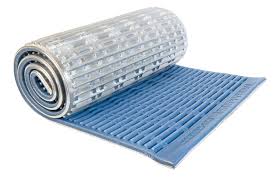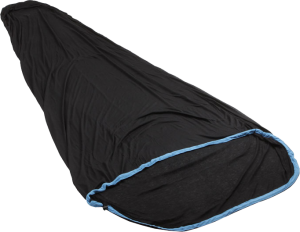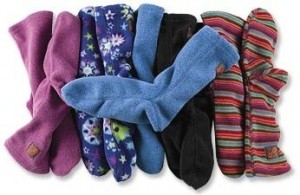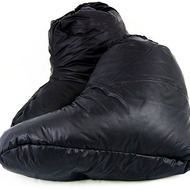
How To Prepare Your Gear for High Altitude Trekking – Part 3
Sleeping Gears:
1. Sleeping pad — provides cushion and insulation.
Two types of sleeping pad:
a. Foam pad
b. Air pad: Inflatable or self-inflatable air pad
In preparation for trekking to a subzero degree area, I would suggest using both closed-air-cell foam pad and inflatable air pad atop.
Closed-air-cell foam pad serves as an excellent insulation for winter camping because it can block the cold ground air from rising and penetrating directly into your air pad. It is also lightweight, inexpensive, durable, and waterproof. Moreover, it offers you an alternative plan in case the air pad gets punctured. However, foam pad is less comfortable, stiff and firm, and bulky to carry. I would recommend you to buy the pad once you reach the destination country considering if you are flying and the pad is available for purchase. This way you have less bulky stuff to carry on the airplane.
Air pad uses air to provide cushion/comfort so that you are not sleeping on a hard surface. It also lift you up further away from the cold ground. Each air pad has an R-value — insulation is measured according to its capacity to resist heat flow (the R-value). The higher a pad’s R-value, the better insulation it has to protect you from cold surfaces. Some air pad models integrate insulation fill or reflective materials to increase warmth. Talk to the expert in the store, they can help you to determine which one is suitable for your quest.
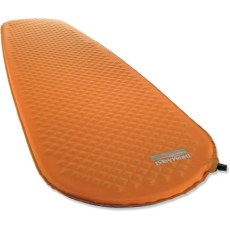 Note: Bring an air pad repair kit with you in case your air pad got punctured. You can share and distribute the weight among the group you trek with if these are the tools you can share.
Note: Bring an air pad repair kit with you in case your air pad got punctured. You can share and distribute the weight among the group you trek with if these are the tools you can share.
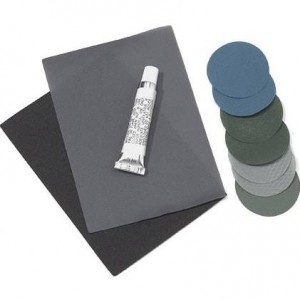 2. Sleeping bag — There are two types of sleeping bag, down and synthetic sleeping bag. Be sure to prepare a subzero degree sleeping bag if you are heading to a cold region. Use the following guidelines:
2. Sleeping bag — There are two types of sleeping bag, down and synthetic sleeping bag. Be sure to prepare a subzero degree sleeping bag if you are heading to a cold region. Use the following guidelines:
| Bag Type | Temperature Rating (°F) |
| Summer Season | +35° and higher |
| 3-Season Bag | +10° to +35° |
| Cold Weather | -10° to +10° |
| Winter/Extreme | -10° and lower |
To learn more about sleeping bag choices, click here.
3. Sleeping bag liner — Sleeping bag liner can increase about 10°F warmth in your sleeping bag, depending on the kind of liners you purchase. Another usage is to keep your sleeping bag clean; your sleeping bag will last longer if you keep it clean and don’t have to wash it as often. Liners are cheaper, easy to clean and replace as compare to a sleeping bag.
4. Pillow — You don’t need to bring a separate pillow. You can use a stuff sack and stuff your soft clothing inside and there, you have a pillow.
5. Pajamas — Set aside one to two sets of loose base layers for sleeping, depending on the duration of your trek. Some trek takes 5 days and some takes 15 days. It is not recommended to wear your hiking garments to bed. Reasons are: they tend to be smelly, not comfortable, not clean, and you will end up sleep soundly in a clean, loose and comfortable outfit. A good night sleep will bring you better energy to hike the next day. Besides, you don’t want to keep the gravels, sands, dust, dry mud from hiking into your sleeping bag.
6. Fleece hat — Prepare a fleece hat to wear when you’re sleeping because human lose heat from head as well, not just our body.
7. Socks — There are a few options when coming to sleeping socks. You can choose to use a pair of clean hiking socks to wear for sleeping. However, these type of socks are generally tight and might reduce blood flow during sleeping. There are two other options available:
a. Fleece socks
Fleece socks are useful when the temperature is not below freezing point, but cold. It is loose, comfortable and warm for your feet and toes.
b. Down socks or booties.
Down socks or booties are useful especially when the temperature drop below freezing point. Down socks are loose, comfortable and keep your feet and toes from freezing at night. It packs small and light weight; it is highly recommended for trekking to a subzero degree mountain range.
Click here to move on to Part 4 – Hiking Gears.


